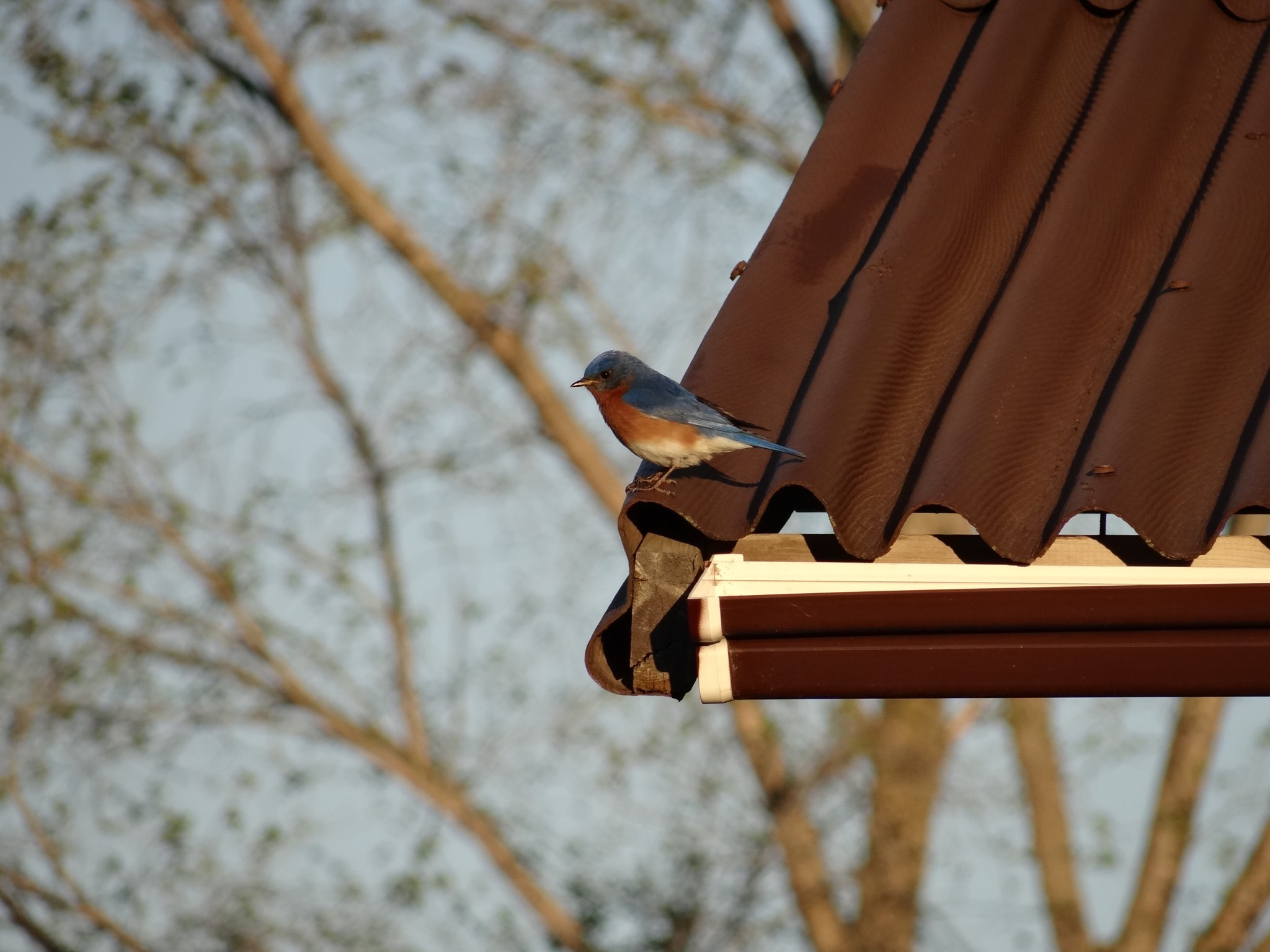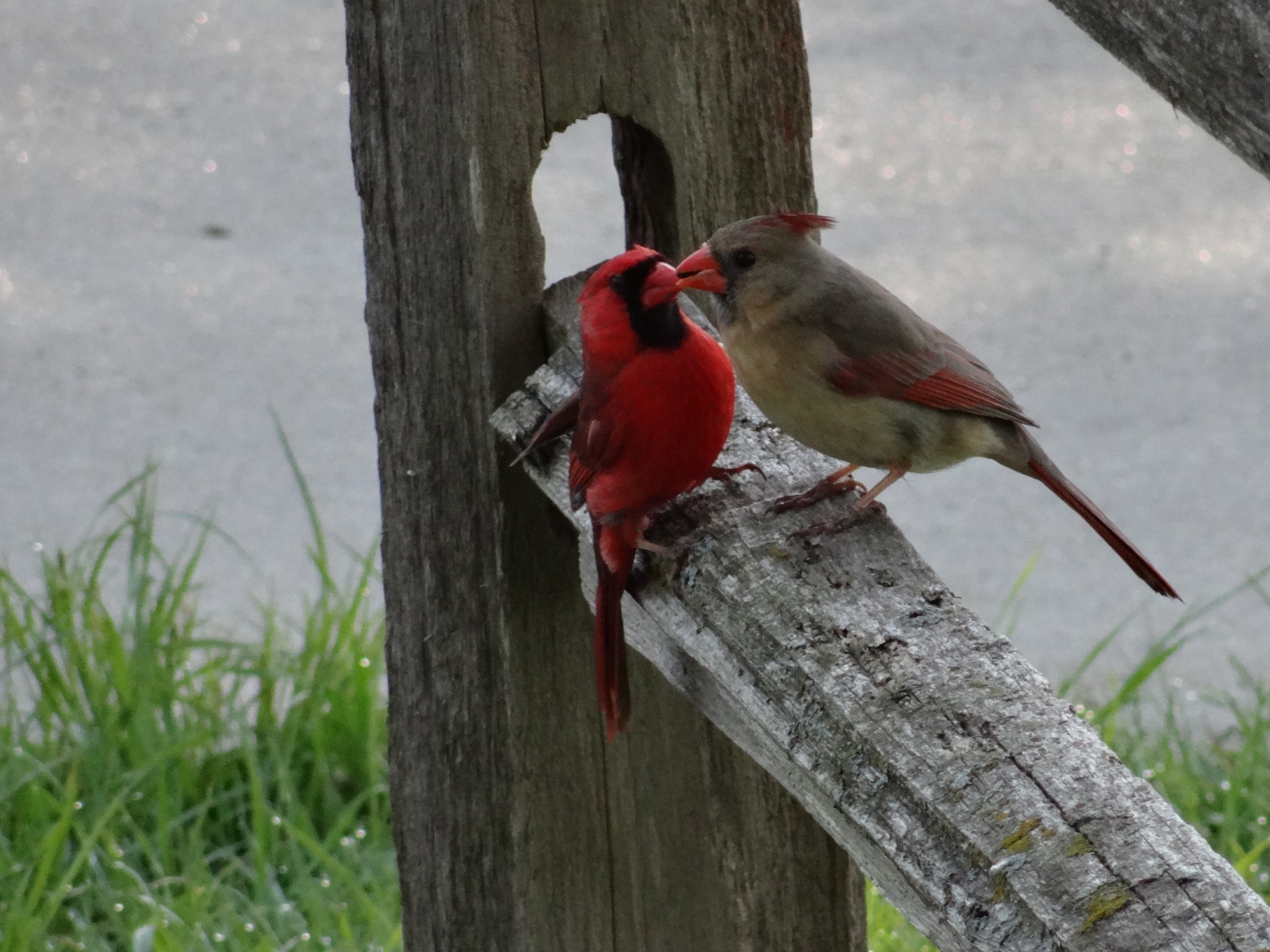I am a recreational bird watcher, and proud of it! Even if I could get organized enough to keep a life list of birds I’ve seen, I simply enjoy just watching them and attempting to get some decent photos of them to share with you.

Birders, or avid birders, as I call them, are easy to identify. They each keep a remarkable log of bird sightings to include the description of the species, numbers of them, date and time seen, as well as habitat and weather conditions along with any bird calls heard at the time the bird was spotted. These folks generally have huge binoculars and/or expensive cameras on tripods with massive lenses.
That’s all well and good. In fact, these knowledgeable, avid birders are an impressive lot! They are also generous about helping a novice (like me) understand the nuances of exceptional birding. I remain a recreational bird watcher though who is always interested in learning new and exciting facts about birds!

But, there’s one thing I do know that I want to convey to you: Birds matter.

They are important because they keep ecosystems in balance. They pollinate plants, disperse seeds, eat insects, scavenge carcasses and recycle nutrients back into the earth.

They are a barometer for our environment. But they also represent a sense of wildness and freedom wherever they exist. They mark the passage of the seasons. They feed our natural spirit. Imagine a world without birds!

Here at this place we call Nebraska, is a broad, vast location where plant and wildlife communities reach their northern, southern, eastern and western limits, giving us rich biodiversity, and, therefore, offering abundant bird watching opportunities. Geographically, Nebraska is situated on a major bird migration route further adding to the spectrum of birds that can be viewed, even by the casual observer.

Have you ever taken the time to stop, look and listen when it comes to birds around your area? To me, they are all so variable and such fascinating wild creatures!
As a recreational bird watcher, here are six tips I would pass along to increase the possibilities of seeing a variety of wild birds.
1. Be prepared. It is not as trivial as it sounds. Before you visit a particular tract of public land, review the site descriptions, maps, laws, regulations, do’s and don’ts along with viewing information for services, road conditions, etc. Try to go with a partner. Carry water and a healthy snack or two. And remember, Nebraska’s weather can change abruptly so pay attention to the weather forecast and bring the appropriate clothing.
2. Go early, go late. The single most important way to improve your chances of seeing wildlife, especially birds, is to be there at dawn. Dusk is also good. One of the most active feeding times for birds is early morning as the sun rises making it easier for various birds to forage, and other species are also refueling after a long night. Late evening is similarly active period for feeding birds as they store energy for the night.
3. Use field guides, apps. Even the most experienced bird watchers depend on credible field guides or apps for positive identification of birds. Many of these also greatly assist by describing preferred habitats and habits for different species. The Nebraska Bird Library and Joel Jorgensen’s Nongame Bird Blog are fantastic online options for obtaining all sorts of information about birds in the Cornhusker State.
4. Have good optics, binoculars. Good optics mean everything for viewing birds! Ideally, a pair of good binoculars should be waterproof, provide long eye relief with an adjustable, twistable, eye piece and be comfortable in your hands as well as easy to focus. Choose good quality lenses over higher magnification. Sure, you will see closer with a 20 power binocular, but not with the clarity or stability of an 8 – 10 power, and handshake will reduce its effectiveness even more. Best for all around wildlife observations, including bird watching, is the 8 or 8.5 power because the lenses are brighter, provide a somewhat wider field of view than the 10x, and typically provide a closer focus to see details on a bird in nearby brush.
5. Equipment for taking good pics of birds. Any DLSR camera, low or high end will allow you to shoot images of birds. All cameras can take excellent photos. It’s just the technique or skill required that will change depending on your camera model. With the faster models, a photographer can capture more frames per second when using continuous shooting. With the slower models, the photographer can still use continuous shooting, however it might take a little more patience and time to get the shot they’re wanting. The most useful lens for bird photography is no doubt one that is 400mm or higher. Another piece of camera equipment that can make a big difference to bird photos is a tripod.
6. Blend in, move slowly, be quiet, do not disturb. Try to blend in to your surroundings as best as you can, either by using a blind (your vehicle can work very well) or by wearing camouflaged or neutral-colored clothing and staying still. If you walk, tread lightly and slowly, stopping often to look and listen. Use existing trees and vegetation as makeshift blinds. Remember, the number one rule when viewing birds is not to harm or distress them!
Happy bird watching!

*The month of May in Nebraska is International Migratory Bird Month. This month is intended to celebrate birds, bird migrations and bird conservation.
The post Confessions of a Recreational Bird Watcher appeared first on NEBRASKALand Magazine.






















